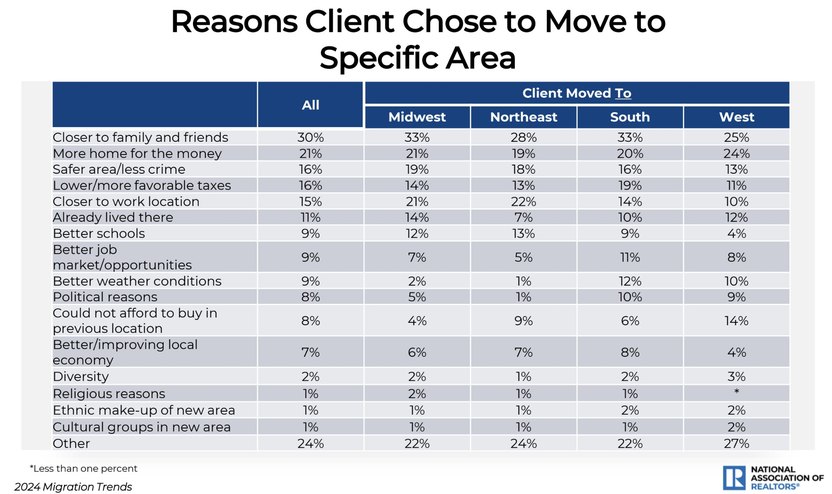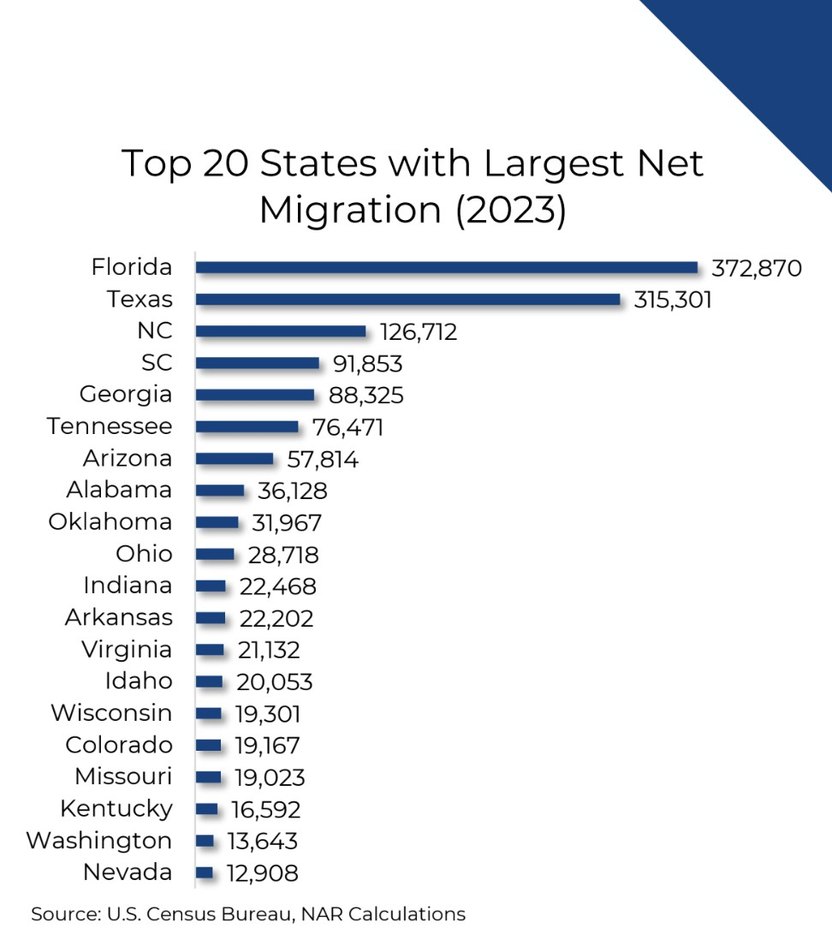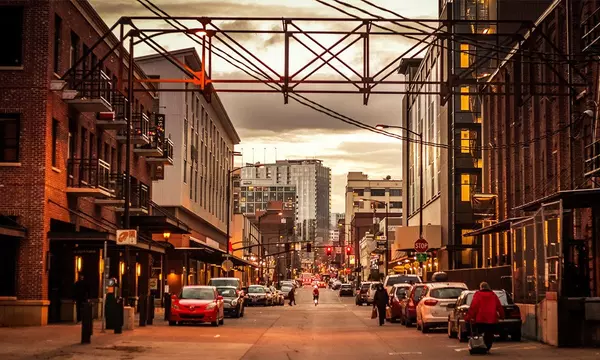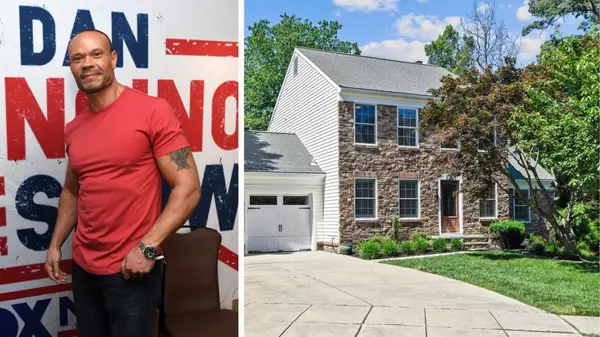Americans Are On the Move—and They’re Heading South To Get More Home for Their Money

Getty Images (1); Canva (3)
Americans have always been adept at picking up and moving, upgrading for more space, pursuing opportunities, or simply changing their scenery.
That tradition is alive and well today, according to the first 2024 Migration Trends Report by the National Association of Realtors®.
Yet, instead of the “Go West” American mandate of the 19th century, today people are headed South. In 2024, 46% of Realtors®’ clients moved to the South, while 25% moved to the West. The Midwest drew 18% of movers, and the Northeast was the least popular spot to relocate to, with 11% of movers, according to the report.
“It’s no shock that Americans are moving to Southern states for more affordable housing options and getting more home for their money,” says Matt Christopherson, NAR’s director of business and consumer research. “Movers to the South were more driven than others by lower or more favorable tax rates and better job market opportunities.”
States such as Florida and Texas are—unsurprisingly—the leaders of the pack, drawing 372,670 and 315,301 new residents, respectively. Among desirable Southern states, they have become magnets for movers due to a trifecta of economic reasons.
“Texas and Florida have both seen more than 10% increases in job gains since the arrival of the COVID-19 pandemic,” Christopherson explains. “With more affordable housing, lower taxes, and strong job markets, Florida and Texas are highly desirable to America’s homebuyers.”
With its lower housing costs and warm climate, the South has been particularly appealing to remote workers looking to stretch their budgets while maintaining their quality of life.
“From a housing market perspective, it’s also a more gentle region to buy a home, with generous amounts of existing and new inventory and generally lower prices than the rest of the country,” says Ralph McLaughlin, senior economist at Realtor.com®.

NAR.com
Why Americans are moving
The reasons people pack up their belongings and move are as varied as the movers themselves, but housing and family top the list.
At least 30% of movers prioritized being closer to loved ones, while 21% wanted to get more home for their money, according to the NAR survey. Secondary motivators included favorable tax conditions, safer neighborhoods, and proximity to work.
The reasons for moving vary by region. Lower taxes drew people to the South, while those moving to the West sought affordability and more space. In the Northeast, proximity to jobs played a larger role, reflecting the region’s density and shorter commutes.

NAR.com

NAR.com
How far people are moving
Most Americans are not necessarily moving that far from where they started.
Realtors report that 36% of their clients relocated to a different state, 21% moved within the same city, and 21% transitioned to a different city within their state or a new area altogether.
People who moved to the South and West were the ones most likely to come from out of state, while the Northeast saw the most movers staying within the same state.
Interestingly, nearly 1 in 5 movers returned to a place they had previously lived. This trend was widespread in the Midwest and the West, where family ties and familiarity often guide relocation decisions.
Suburbanites often relocated to other suburbs, while a significant portion of movers from urban and resort areas opted for suburban settings.

NAR.com
The types of homes people are moving to
The pandemic reshaped how Americans think about their homes, with space and comfort now higher on the list of must-haves than ever before.
Outdoor space is now a top consideration, influencing 42% of homebuyers. Additional square footage and quieter neighborhoods were also key factors for people picking up and moving.
Preferences vary by region. Buyers in the Midwest were mainly focused on outdoor space, a nod to the region’s spacious housing stock. In the Northeast, where homes tend to be smaller, buyers were more likely to prioritize additional square footage and shorter commutes.
Only 2% of Realtors’ recent clients moved due to a return-to-office mandate in their jobs. This was slightly more common among movers in the Midwest, at 4%.
This reveals that remote work continues to affect the housing market profoundly. For 43% of movers, job location had no bearing on their decision because they work entirely from home. This trend was most prominent in the South and West, where remote workers take advantage of lower costs and better weather.
For those who do need to commute, proximity to work remains essential. Job location influenced 37% of movers who spend at least part of their time in an office.
“This migration flow will likely continue as retirees and remote workers relocate,” said Jessica Lautz, NAR deputy chief economist and vice president of research, in a statement.

NAR.com
Top 20 States People Moved To in 2023

NAR.com
Categories
Recent Posts











676 N Michigan Ave. Ste 3010, Chicago, IL, 60611, United States